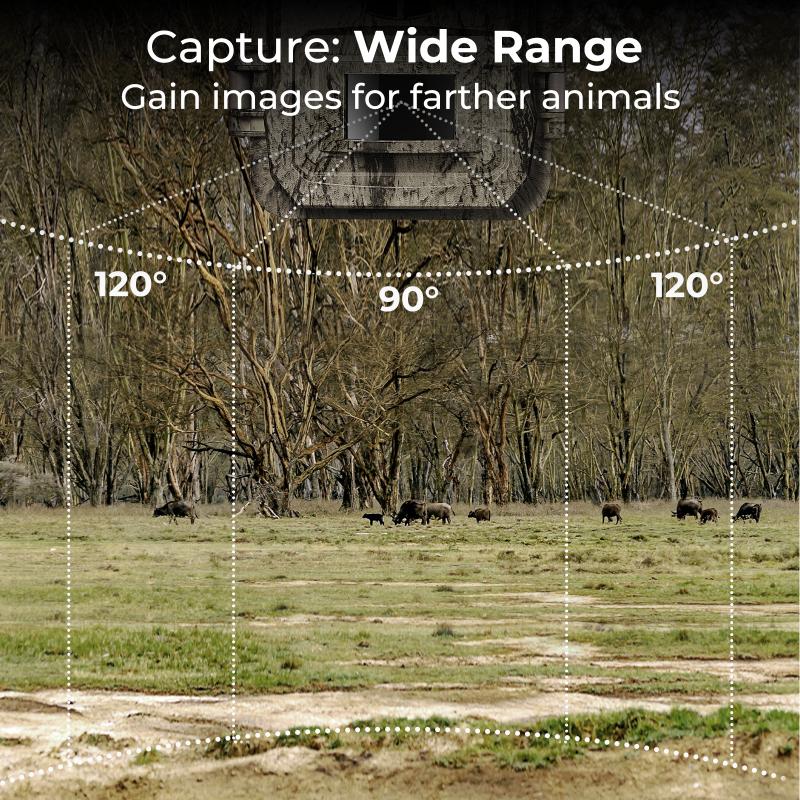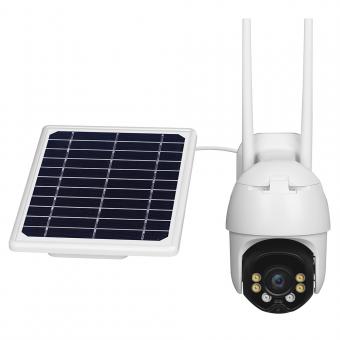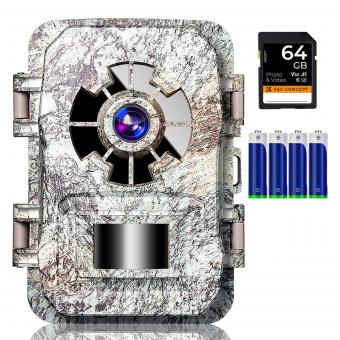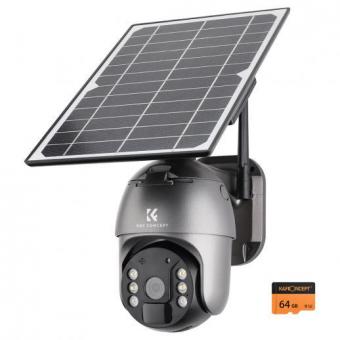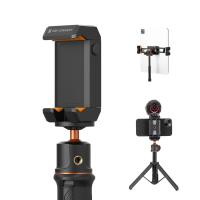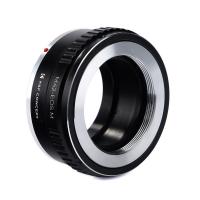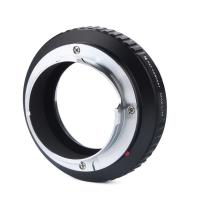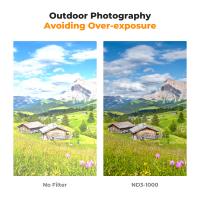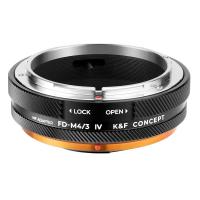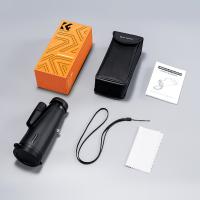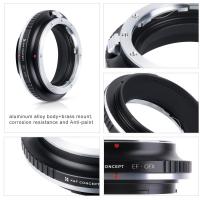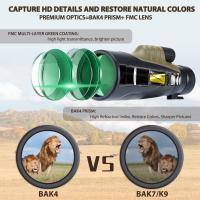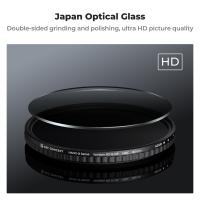What Are Night Vision Glasses ?
Night vision glasses, also known as night vision goggles or night vision eyewear, are optical devices designed to enhance visibility in low-light or dark conditions. They use various technologies to amplify the available light and make objects more visible in the dark. Night vision glasses typically consist of a combination of lenses, image intensifier tubes, and infrared illuminators.
These glasses work by collecting the small amount of light present in the environment, such as moonlight or starlight, and then amplifying it to create a clearer image. Some night vision glasses also utilize infrared technology, which emits infrared light that is invisible to the human eye but can be detected by the device. This allows the glasses to provide visibility even in complete darkness.
Night vision glasses are commonly used by military personnel, law enforcement agencies, and outdoor enthusiasts for activities such as hunting, surveillance, and navigation in low-light conditions. They can greatly improve visibility and situational awareness in dark environments, making them a valuable tool in various applications.
1、 Technology and Functionality of Night Vision Glasses
Night vision glasses are a type of eyewear that enhance visibility in low-light conditions or complete darkness. They are designed to help individuals see clearly in situations where the human eye may struggle due to limited light availability. Night vision glasses utilize advanced technology to amplify existing light or capture infrared radiation and convert it into visible images.
The functionality of night vision glasses is based on the principle of image intensification. They typically consist of a combination of lenses, sensors, and image intensifier tubes. The lenses gather the available light and focus it onto the sensors, which convert the light into electrical signals. These signals are then amplified by the image intensifier tubes, which enhance the brightness and contrast of the image. Finally, the processed image is displayed on a screen or eyepiece for the wearer to see.
Night vision glasses are commonly used by military personnel, law enforcement agencies, and outdoor enthusiasts such as hunters or hikers. They provide a significant advantage in situations where visibility is limited, allowing users to navigate safely and detect potential threats or obstacles.
In recent years, there have been advancements in night vision technology, leading to the development of more compact and lightweight glasses. Additionally, some models now incorporate thermal imaging capabilities, which detect heat signatures rather than relying solely on available light. This allows for improved visibility in complete darkness or in situations where there is no ambient light.
Overall, night vision glasses have become an essential tool for various professionals and individuals who require enhanced visibility in low-light conditions. With ongoing technological advancements, we can expect further improvements in the functionality and performance of night vision glasses in the future.
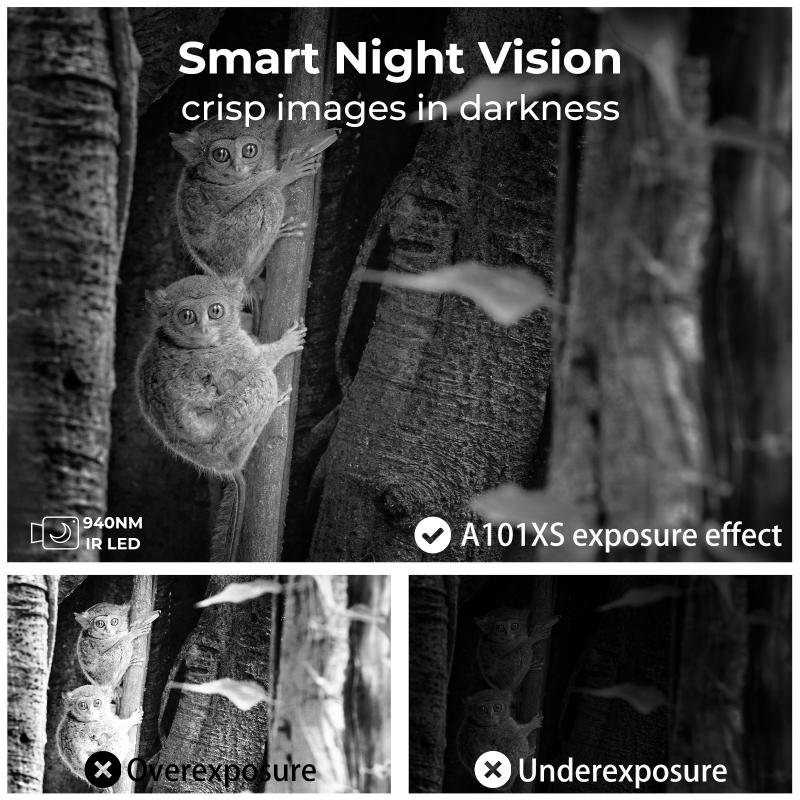
2、 Types and Variations of Night Vision Glasses
Night vision glasses are optical devices that enhance visibility in low-light conditions or complete darkness. They work by amplifying the available light, such as moonlight or starlight, and converting it into a visible image. These glasses are commonly used by military personnel, law enforcement agencies, hunters, and outdoor enthusiasts.
Night vision glasses come in various types and variations, each with its own unique features and capabilities. The most common types include:
1. Image Intensifier: This type of night vision technology amplifies the available light and produces a green-hued image. It is widely used in military applications and offers a good balance between performance and cost.
2. Thermal Imaging: Unlike image intensifiers, thermal imaging night vision glasses detect the heat emitted by objects and create an image based on the temperature differences. This technology is effective in complete darkness and can detect hidden objects or individuals.
3. Digital Night Vision: These glasses use digital sensors to capture and enhance the available light. They often have built-in displays and can record images or videos. Digital night vision glasses are becoming increasingly popular due to their versatility and affordability.
4. Fusion Technology: Some advanced night vision glasses combine image intensification and thermal imaging technologies to provide a more comprehensive view. This fusion technology offers improved situational awareness and target detection capabilities.
In recent years, there have been advancements in night vision technology, such as the development of smaller and more lightweight devices. Additionally, there has been a focus on improving image quality, extending battery life, and incorporating wireless connectivity for data sharing and remote viewing.
Night vision glasses have proven to be invaluable tools in various fields, enabling users to navigate and operate effectively in low-light environments. As technology continues to advance, we can expect further improvements in night vision glasses, making them even more accessible and efficient for a wider range of applications.
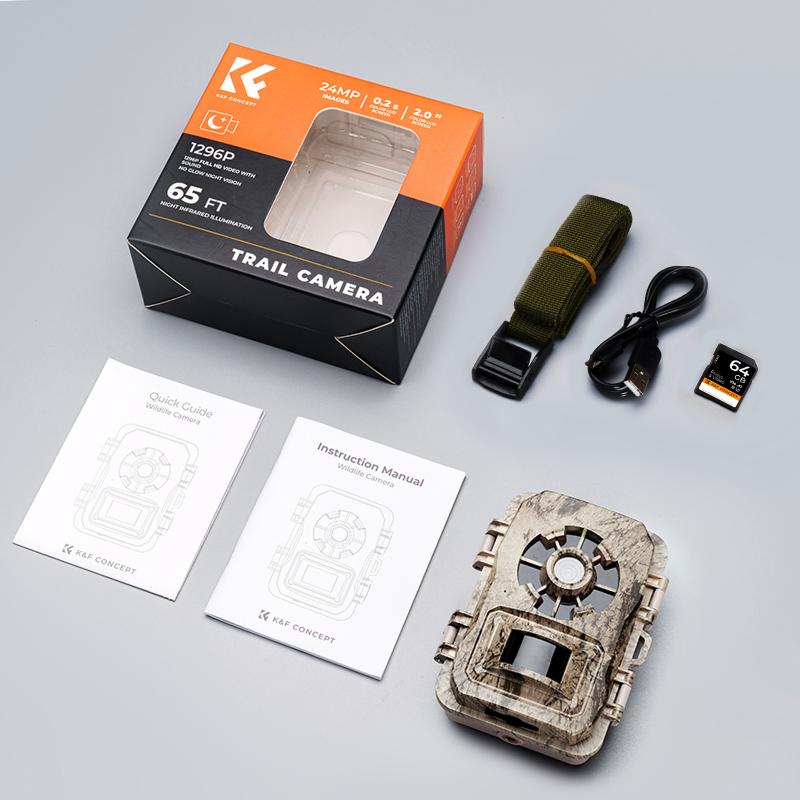
3、 Applications and Uses of Night Vision Glasses
Night vision glasses are a type of eyewear that enhance visibility in low-light conditions or complete darkness. They work by amplifying the available light and converting it into a visible image, allowing the wearer to see clearly in situations where the naked eye would struggle.
Night vision glasses have a wide range of applications and uses across various industries. One of the most common uses is in the military and law enforcement sectors. Night vision glasses enable soldiers and police officers to navigate and operate effectively during nighttime operations, providing them with a tactical advantage and enhancing their situational awareness. These glasses are also used in surveillance and reconnaissance missions, enabling personnel to monitor and gather information in low-light environments.
Night vision glasses are not limited to military and law enforcement applications. They are also utilized in the field of wildlife observation and conservation. Researchers and wildlife enthusiasts use these glasses to observe nocturnal animals without disturbing their natural behavior. This allows for better understanding and protection of various species.
Moreover, night vision glasses have found their way into the consumer market. They are popular among outdoor enthusiasts, such as hunters, hikers, and campers, who can benefit from improved visibility during nighttime activities. Additionally, night vision glasses are used in the automotive industry to enhance driver visibility at night, reducing the risk of accidents.
In recent years, there have been advancements in night vision technology, leading to the development of more compact and lightweight glasses. These advancements have made night vision glasses more accessible and affordable to a wider range of users. Additionally, some modern night vision glasses incorporate thermal imaging technology, allowing users to detect heat signatures and further enhancing their visibility in challenging conditions.
Overall, night vision glasses play a crucial role in various industries and activities, enabling individuals to see clearly in low-light or dark environments. With ongoing technological advancements, the applications and uses of night vision glasses are likely to continue expanding in the future.
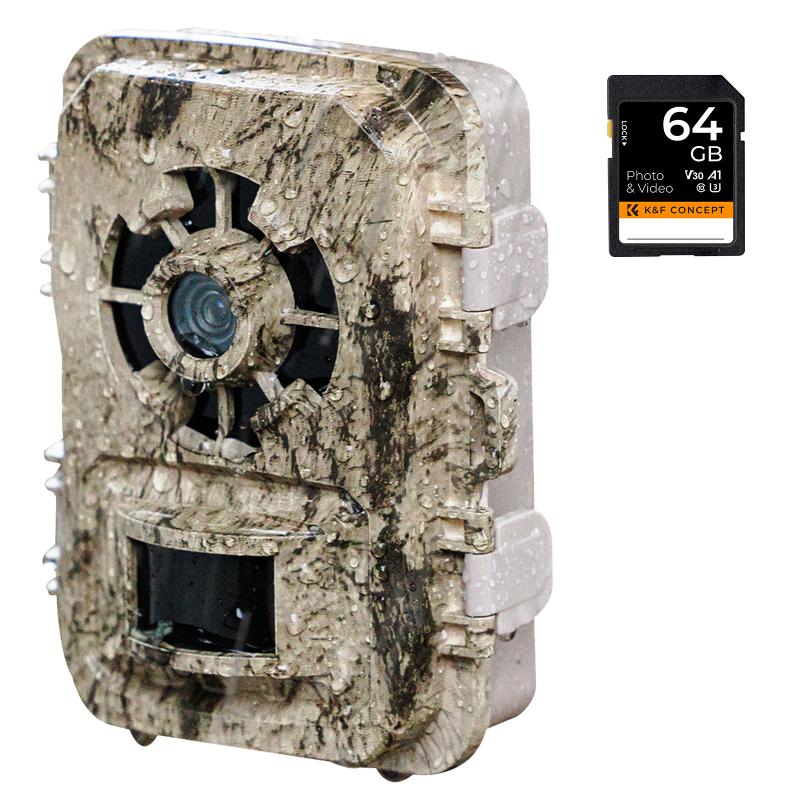
4、 Advantages and Limitations of Night Vision Glasses
Night vision glasses are a type of eyewear that enhance visibility in low-light conditions or complete darkness. They work by amplifying the available light and converting it into a visible image, allowing the wearer to see clearly in the dark. Night vision glasses are commonly used by military personnel, law enforcement agencies, hunters, and outdoor enthusiasts.
The advantages of night vision glasses are numerous. Firstly, they provide improved safety and situational awareness in low-light environments. This is particularly beneficial for military operations, where soldiers need to navigate and identify potential threats in the dark. Night vision glasses also aid law enforcement officers in conducting surveillance and apprehending suspects during nighttime operations.
Moreover, night vision glasses are valuable for outdoor enthusiasts and hunters. They enable individuals to engage in activities such as camping, hiking, and hunting during the night, expanding their opportunities for exploration and adventure. Additionally, these glasses can be used for wildlife observation, allowing enthusiasts to observe nocturnal animals without disturbing their natural behavior.
However, night vision glasses also have limitations. One major limitation is their high cost, which makes them inaccessible for many individuals. Additionally, the quality of the image produced by night vision glasses can vary depending on the technology used. Some devices may have a limited field of view or produce a grainy image, which can affect the overall effectiveness of the glasses.
Furthermore, night vision glasses are not effective in complete darkness. They rely on ambient light sources, such as moonlight or starlight, to function properly. In situations where there is no available light, alternative technologies like thermal imaging may be more suitable.
In recent years, there have been advancements in night vision technology, leading to the development of more compact and lightweight glasses. Additionally, some models now incorporate digital features, such as image and video recording capabilities, further enhancing their utility.
In conclusion, night vision glasses are a valuable tool for improving visibility in low-light conditions. While they offer numerous advantages, such as enhanced safety and expanded recreational opportunities, they also have limitations, including high cost and reliance on ambient light sources. Nonetheless, ongoing advancements in technology continue to improve the effectiveness and accessibility of night vision glasses.
